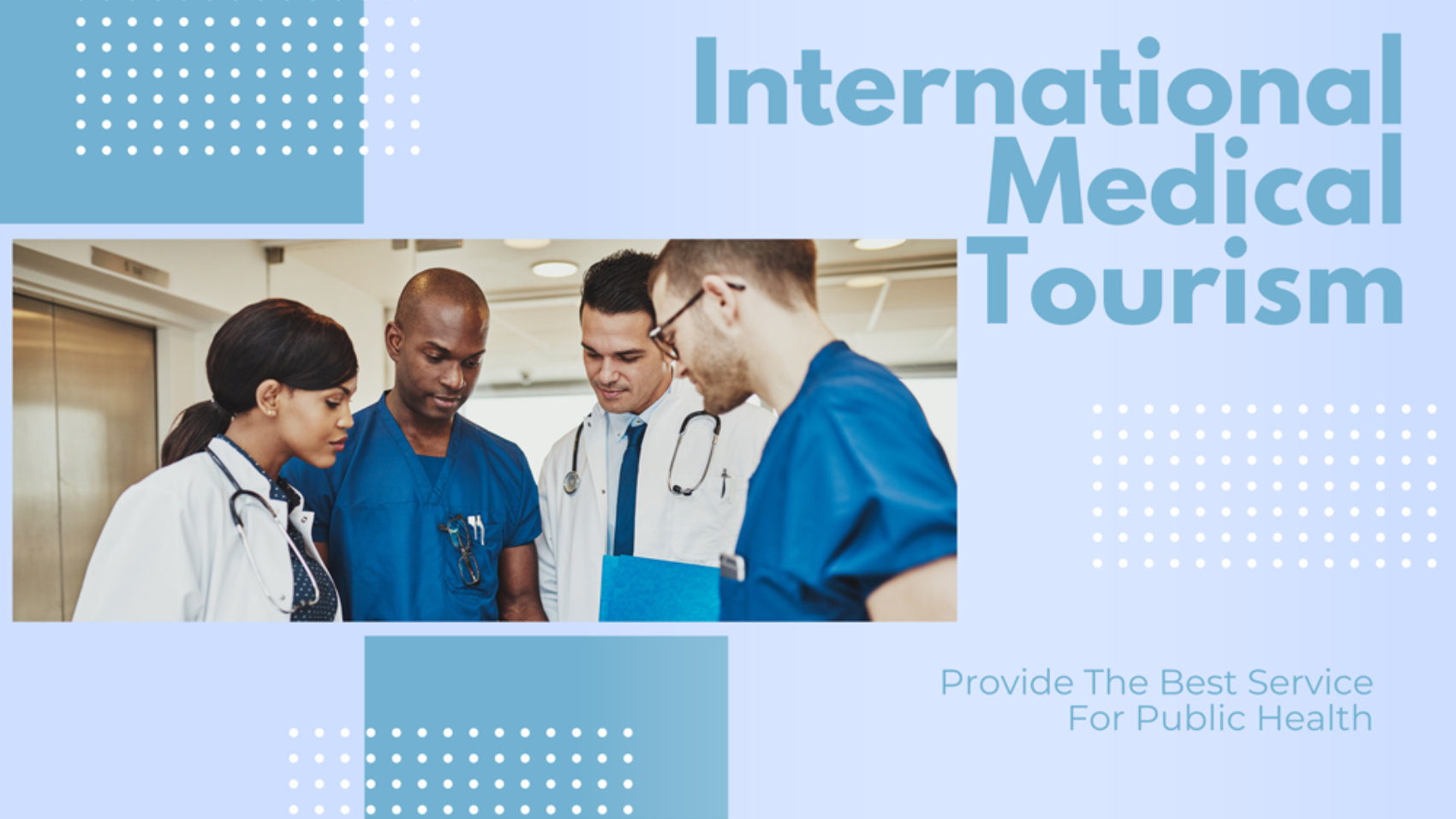Hey there, cancer warriors (and warriors in training)! Are you ready to join the fight against the ultimate enemy – cancer? Before you grab your sword and shield, let’s take a moment to appreciate the absurdity of it all. I mean, who would have thought that tiny, invisible cells could wreak so much havoc on our bodies? It’s like a group of unruly toddlers who refuse to listen to reason. But fear not, my friends, we’re here to spread awareness and kick cancer with a smile on our faces! So, let’s buckle up and get ready for a hilarious and informative journey into the world of cancer awareness
I. Introduction
Cancer is a devastating disease that affects millions of people worldwide. Early detection through cancer screening is essential in improving outcomes for patients. This is particularly important in African countries such as Nigeria, Ghana, Ethiopia, and Sierra Leone, where cancer diagnosis and treatment can be challenging due to limited resources, inadequate awareness, and cultural beliefs. Therefore, there is a need for increased cancer screening and awareness campaigns in these countries to improve early detection rates and reduce cancer-related deaths.
In Nigeria, cancer is the second leading cause of death after infectious diseases, with breast and cervical cancers being the most common types in women, and prostate cancer in men. However, many Nigerians lack knowledge about cancer and have limited access to cancer screening and treatment services. Ghana faces a similar situation, with low screening rates and late-stage cancer diagnosis being prevalent. In Ethiopia, where cancer is a growing concern, there is a need for improved infrastructure, equipment, and trained personnel to provide adequate cancer screening and treatment services. Sierra Leone is also facing a significant burden of cancer, particularly cervical cancer, which is the leading cause of cancer death among women.
Overall, cancer screening and awareness campaigns play a vital role in improving cancer outcomes, particularly in African countries where the burden of the disease is high, and resources are limited. Governments, healthcare providers, and NGOs need to work together to increase cancer screening rates, raise awareness, and provide accessible and affordable cancer treatment services to those in need.
II. The Importance of Cancer Screening
Cancer screening is a process that involves testing people who have no symptoms for the presence of cancer. The goal of cancer screening is to identify cancer at an early stage, when it is more treatable and outcomes are better. Early detection can also help to reduce the need for more aggressive treatments, such as chemotherapy or radiation, and can improve the overall quality of life for patients.
There are several benefits of cancer screening. Firstly, it can help to detect cancer early, before it has a chance to spread to other parts of the body. This can greatly improve the chances of successful treatment and cure. Secondly, cancer screening can identify precancerous cells, which can be treated before they develop into cancer. Thirdly, cancer screening can help to identify individuals who are at higher risk of developing cancer, which can allow for earlier and more frequent screening, as well as lifestyle changes that may reduce the risk of cancer.
There are several types of cancer screening tests, including mammography, colonoscopy, Pap tests, and prostate-specific antigen (PSA) tests. The type of screening test recommended will depend on factors such as age, sex, and family history of cancer. It is important to discuss screening options with a healthcare professional.
III. Cancer in Africa
Cancer is a serious health issue globally, including in African countries such as Nigeria, Ghana, Ethiopia, and Sierra Leone. In these countries, cancer is increasingly becoming a public health concern. Unfortunately, many people in these countries still view cancer as a death sentence and lack awareness about its prevention, early detection, and treatment.
Affordability of cancer treatment is a significant challenge in these countries. Many people cannot afford the high cost of cancer treatment, including diagnostic tests, chemotherapy, radiation therapy, surgery, and supportive care. Additionally, cancer treatment facilities and specialists are limited, especially in rural areas. Therefore, patients have to travel long distances and incur additional costs to access cancer treatment centers in urban areas.
The lack of adequate health insurance coverage, insufficient government funding for healthcare, and limited access to cancer drugs and technologies also contribute to the high cost of cancer treatment in these countries. As a result, many people with cancer in Africa and cities like Nigeria, Ghana, Ethiopia, and Sierra Leone often seek alternative treatments, including traditional medicine, which may not be effective or safe.
IV. Less Expensive Cancer Treatments in India
A. Explanation of why cancer treatment in India is less expensive
There are several reasons why cancer treatment in India is less expensive compared to other countries. Firstly, the cost of living in India is lower than in developed countries, which means that medical expenses are generally lower as well. Additionally, India has a highly skilled and competitive workforce, which includes doctors and medical professionals. This means that the cost of medical treatment is lower due to the availability of highly qualified and trained medical staff. Finally, the Indian government has implemented policies to encourage the production and distribution of low-cost generic drugs, which has made cancer treatment more affordable for patients.
B. Types of cancer treatments available in India
India offers a wide range of cancer treatments, including surgery, radiation therapy, chemotherapy, immunotherapy, and targeted therapy. The types of treatments available will depend on the type and stage of cancer, as well as the overall health of the patient. In addition to conventional cancer treatments, alternative and complementary therapies such as Ayurveda and yoga are also available in India.
C. Comparison of cost and quality of cancer treatments in India versus other countries
The cost of cancer treatment in India is significantly lower than in many developed countries. For example, the cost of chemotherapy in India can be up to 90% lower than in the United States. However, despite the lower costs, the quality of care in India is often comparable to that in developed countries. India has highly skilled medical professionals and state-of-the-art medical facilities, which offer world-class cancer treatment options. In fact, many doctors and medical professionals in India have received their training and education in the United States or other developed countries.
Final thoughts on the potential of affordable cancer treatments in India
Affordable cancer treatments in India provide hope for patients globally, offering high-quality care at a fraction of the cost compared to developed countries. India offers high-quality cancer treatment at a fraction of the cost, making it an attractive option for patients seeking affordable care.







